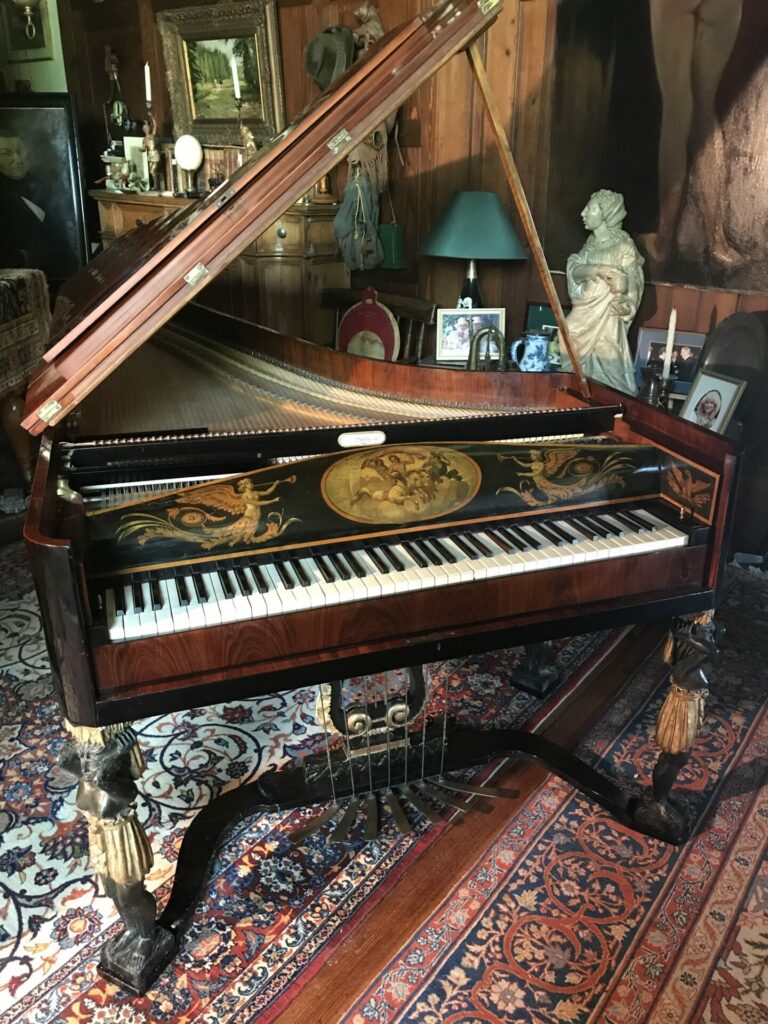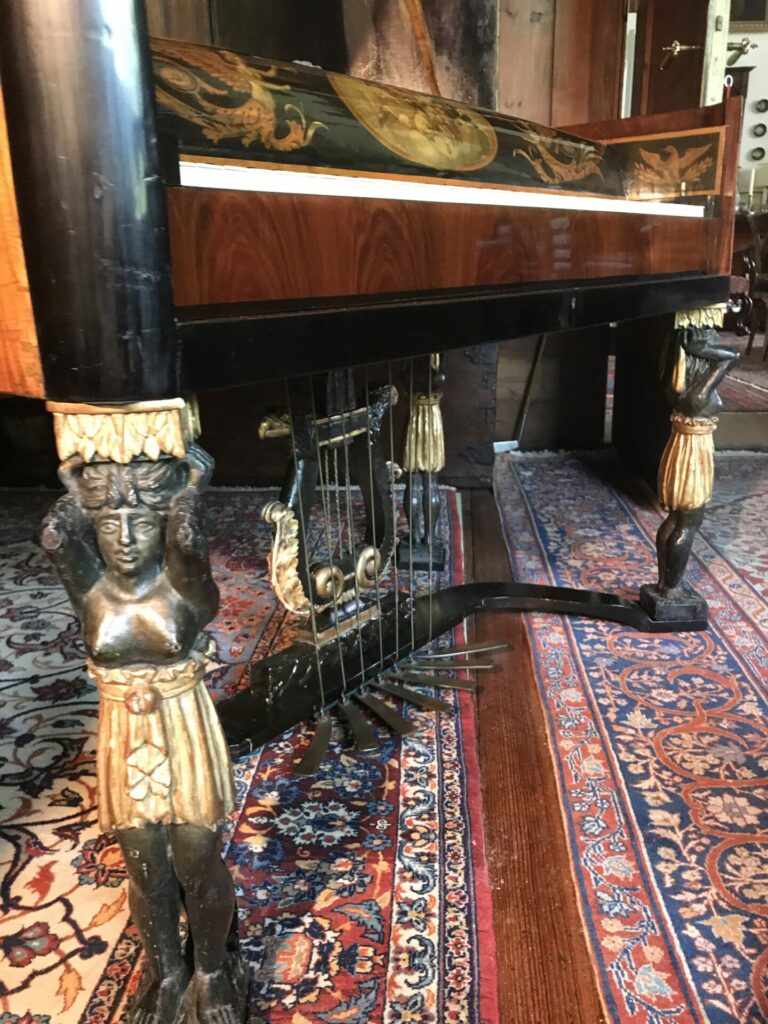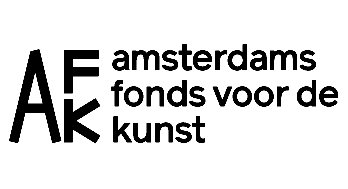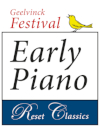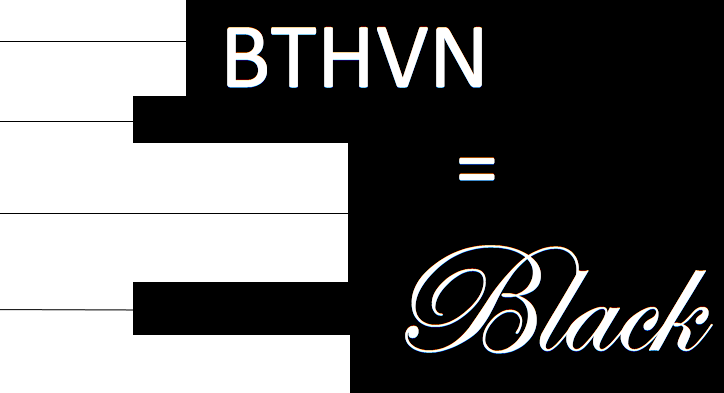
Our mission
The public presentations of museums aim to be an eye-opener to new perspectives. With ‘Beethoven is Black’ we want to stimulate our audience to become aware of the divergent points of view on how you look at classical music from the perspective of musicians of color. We aim to contribute to increasing cultural diversity, inclusion, equity and access in the classical and early music sectors, and beyond. We expect, that examples of best practices will emerge from the panel conversations. This way, we will place on the agenda the exchange of views about classical music from the spectrum of diversity and inclusion.
Background
Thirty years ago, Museum Geelvinck opened its doors in the Geelvinck Hinlopen House at 518 Herengracht in Amsterdam. This city palace was built in 1687 by the married couple Geelvinck-Hinlopen, from which the house takes its name. In its turn, our museum owes its name to this house, where it was located for a quarter of a century.
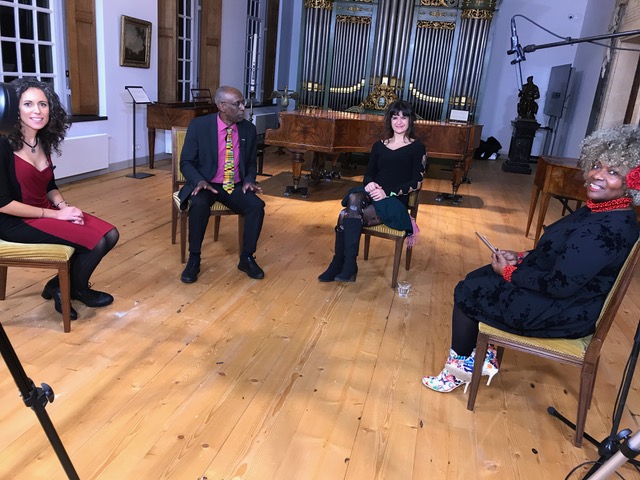
In the Geelvinck Hinlopen House, our museum told the story of the residents’ history during the extensive 18th century. Over the years, we have regularly organized exhibitions on related themes. The residents’ history of the Geelvinck Hinlopen House turned out – in addition to the trade with the Baltics and the Dutch United East India Company (VOC) – to be especially closely related to the Dutch West India Company (WIC), the Society of Suriname and, ultimately, the founding of the Nederlandsche Handel-Maatschappij (today ABN Amro Bank). Research showed, among other things, that Albert Geelvinck, who had the Geelvinck Hinlopen Huis built, had commissioned on behalf of the Society of Suriname, where he held a significant position in the executive board, the purchase of 500 Africans in West Africa (Calabar). They were to be sold as slaves to the plantations in Suriname and present-day Guyana, which at that time also belonged to this de facto Amsterdam colony of Suriname. This fact became the basis of the exhibition “Black in the Amsterdam Canal District“, which, after years of preparation, we materialised in the spring of 2013. In this successful exhibition – the first ever to see the light in the Amsterdam Canal District – we were able to integrate the celebration of the fourth centennial of the Amsterdam Canal District with the commemoration of 150 years of abolition of slavery in Suriname and the Netherlands Antilles. We have explicitly involved the Surinamese and Antillean communities in this event. Our research into traces of slavery on the facades of the Amsterdam canal houses has provided the first impetus for the Amsterdam Slavery Heritage Guide. Even after the exhibition ‘Black in the Amsterdam Canal District’, the researching and interpreting slavery heritage – within our focus on cultural exchange, one of the common threads that have determined our exhibition policy from the start of our museum – remained a permanent topic of our museum’s policy.
In recent years, diversity and inclusion have rightly become an indispensable part of the museum sector worldwide. In the pursuit of museums to decolonize the presentation of their collections, such as in the Netherlands ‘Musea Bekennen Kleur‘ (Museums Confess Color), it was obvious that we should also consider the interpretation of our collection of 18th and 19th century stringed keyboard instruments and the associated living intangible heritage. You then automatically arrive at the theme, which we have now placed on the agenda with ‘Beethoven is Black’: the decolonization of classical music. Within ethnomusicological circles – we are a member of the Arnold Bake Society and the International Council for Traditional Music – fierce international discussions erupted last summer concerning reconsidering assumptions that might be based on Eurocentric perspectives. In short, this supported our views that this theme has relevance for the future interpretation and presentation of classical music in its historical context.
OUR VISION
We strive for an open exchange of views on the theme, whereby for us the awareness of the divergent perspectives for the interpretation of the historical context is a significant starting point. The core period, on which our museum has focused on over the past decades, is the extensive 18th and 19th centuries and the relevance of that period to society today. It goes without saying, that we strive to preserve our collection and the associated living musical heritage, which we intend to pass on to future generations. However, the colonial aspects within the historical context of classical (and early) music should not be neglected. On the contrary, with this activity we aim to make the world of classical music more aware, more inclusive and more welcoming for musicians of color and thus also involve a more colorful audience.
For our vision, be sure to read our Position Paper for ‘Beethoven is Black’.
Museum Geelvinck is included in the Museum Register and implements the Culture Governance Code, the Diversity & Inclusion Code and the Fair Practice Code. The Diversity & Inclusion Code has, among other things, been implemented in the composition of our foundation board.
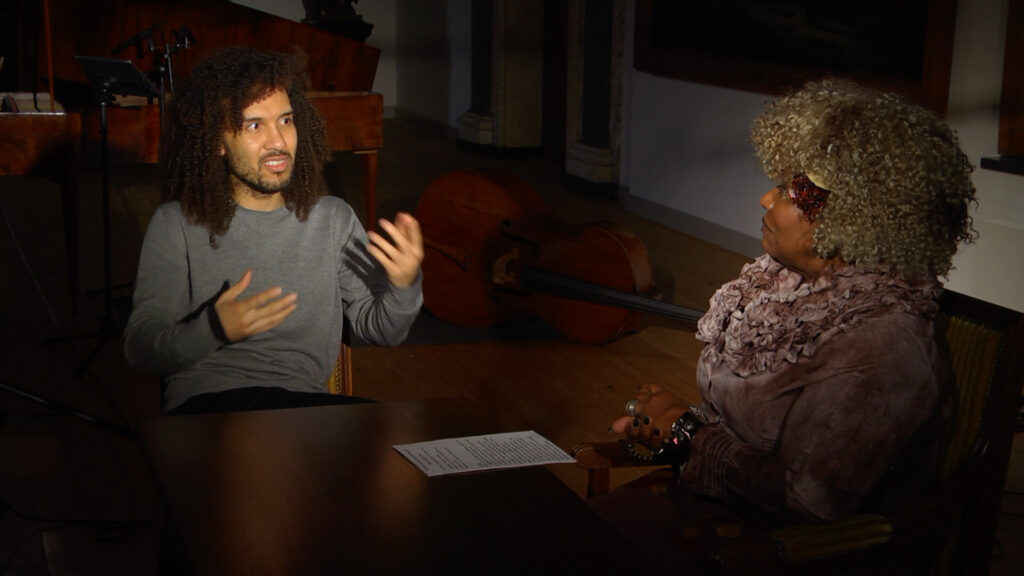
LOOKING AHEAD
Music and musical instrument museums are only a modest part of the museum world and within it (forte) pianos from the 18th and 19th centuries are only a niche. Yet it was precisely these stringed keyboard instruments that were crucial in the worldwide spread of classical music during this period. We are aware of this unique position and therefore want to offer a permanent international platform in the Netherlands for the exchange of opinions and visions in this field.
Moreover, in our concert programming, now and in the future, we want to continue to pay attention to the performance of works by composers of color from this period and of new works by contemporary composers with a shared background in non-Western cultures. We hope that our endeavor will be appreciated, and we will certainly continue our policy of bringing music and musicians of a broad cultural background to our concert venue. Our ultimate goal is to safeguard classical and early music for future generations in the full breadth of society.
This website was launched on International Museum Day (May 18th, 2021) – “The Future of Museums: Recover and Reimagine”. We trust the International Council of Museums will continue to focus on rethinking the museum of the future to meet the challenges of the present.
